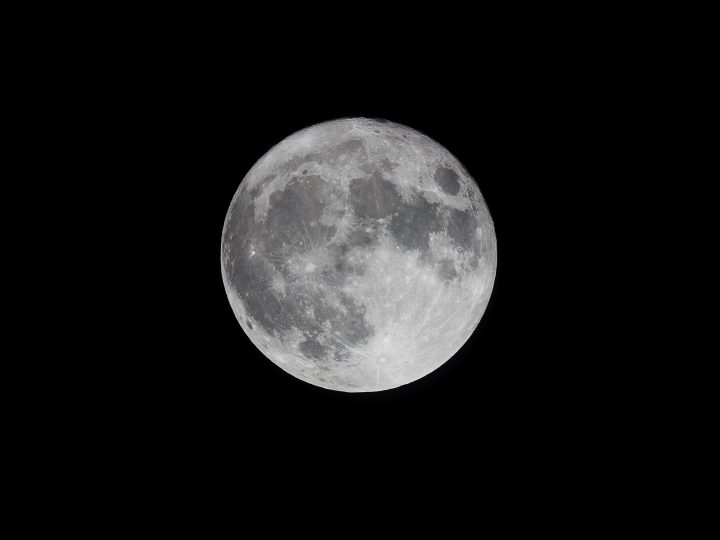The first day of 2018 will be greeted with a supermoon in the night sky.

On Jan. 1, the full moon will be at its closest orbit around Earth — NASA explains that means it will be about 14 per cent bigger and 30 per cent brighter than normal. Space.com reports that the first supermoon of the year, which is nicknamed Wolf Moon after the howling animals, and will peak at 9:24 p.m. ET.
WATCH: Largest supermoon since 1948 viewed around the world

“The moon is so bright that it will make the deep sky objects nearby — the Orion nebula, for example — a bit harder to see if the sky isn’t perfectly clear,” Space.com notes.
The website adds that the moon and sun will briefly share the same space in the evening around moonrise and sunset. But to catch that, viewers will have to be in a flat area with a clear horizon.
READ MORE: Solar Eclipse 2017 timelapse — Watch as the moon blocks out the sun
Those who miss the chance to spot the New Year’s Day moon will get another chance on the last day of the month.
On Jan. 31, a supermoon will appear in the sky along with a lunar eclipse. The celestial event will be viewable in totality from western North America to Eastern Asia. In eastern North America, the eclipse will be partially visible.
WATCH: Geminid meteor shower lights up skies around the globe

“The lunar eclipse on Jan. 31 will be visible during moonset,” Noah Petro of NASA’s Goddard Space Flight Center explained in a news release. “Will have to get up in the morning to see it, but it’s another great chance to watch the Moon.”
A second supermoon in one month is also a blue moon, NASA explains.
“Blue Moons happen every two and a half years, on average,” the space agency’s website reads. “With the total eclipse, it’ll be a royal spectacle indeed: a ‘super blue blood’ Moon.”




Comments